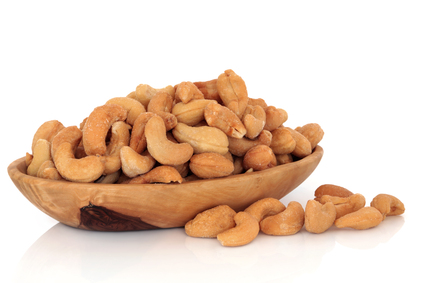Thai Orange Seafood Soup
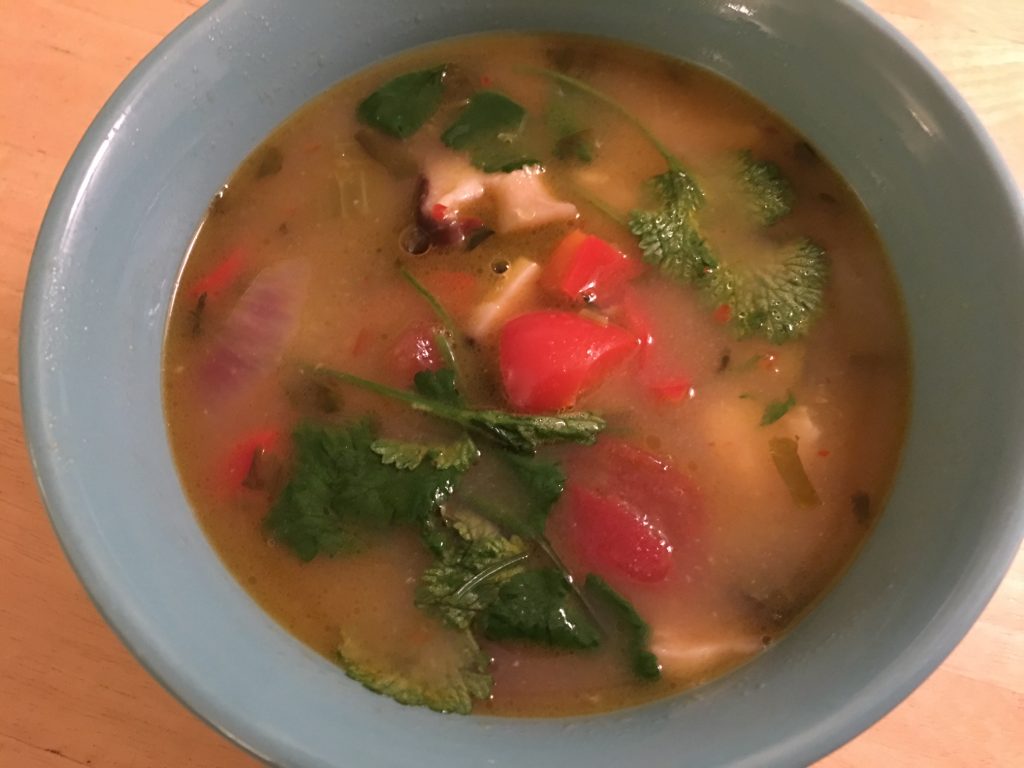
This beautiful and exquisitely delicious Thai soup makes a gracious addition to any table. Serve it as a special appetizer for a dinner party or just make it for the main course. In Thai, it’s known as “Geng Som Pla” – which actually means “Orange Fish Curry” – an ancient recipe from the Central Plains region of Thailand.
It is a hot and spicy soup with both sour and sweet overtones that make for a lively combination, especially when paired with your choice of fish and/or seafood. Use plenty of fresh local vegetables to make this a wonderfully healthy Thai soup.
I served this soup on a cold and blustery day to a friend of mine who was coming down with a cold. It hit the spot and was declared, “the best soup ever”! It’s also actually very good on a hot day! In Thailand, it’s very hot and they eat hot and spicy soups all the time to stay cool.
You can vary the vegetables in the soup, as long as the seasonings stay intact. It can also be served with brown rice or quinoa on the side.
Ingredients
6 cups organic, free-range chicken stock
2-3 medium fillets of wild caught cod, cut into chunks
10 medium shrimp OR other shellfish
Juice of 2 oranges, OR about 1 cup prepared orange juice
2 tsp. tamarind paste (available at Asian/Indian food stores) OR 2 Tbsp. lime juice
1 Tbsp palm sugar
3 Tbsp fish sauce
2 cups baby bok choy, chopped
Handful of cherry tomatoes
Handful green beans, cut into 2 inch lengths
1 small zucchini, cut into quarters and sliced
4-6 green onions sliced
PASTE
Blend in food processor, OR mince by hand—
1 shallot OR 1/4 cup purple onion
1/2-1 fresh red chili OR chili flakes to taste
1 thumb-size piece ginger
3-4 cloves garlic
1/4 tsp ground white pepper
1 extra tsp. fish sauce
1 Tbsp fish sauce
Generous handful fresh coriander (+ extra for later)
Directions
Make the soup paste, either by mincing and mixing paste ingredients together by hand, OR by placing paste ingredients in food processor and processing well.
Warm a medium-size soup pot over high heat. Add a little butter in the bottom then add the paste you just made. Stir-fry 1-2 minutes to release the fragrance, then add stock, orange juice, tamarind or lime, and sugar. When soup comes to a boil, reduce heat to medium.
Add the firmer of the vegetables–the beans and white parts of the bok choy. Simmer 4-5 minutes, or until beans have softened.
Add remaining vegetables, plus fish and shrimp. Simmer 2-3 minutes, until fish has turned firm and opaque-white and shrimp are pink and plump. Finally, add the fish sauce.
Don’t over-stir at this point, as this will cause fish pieces to break up.
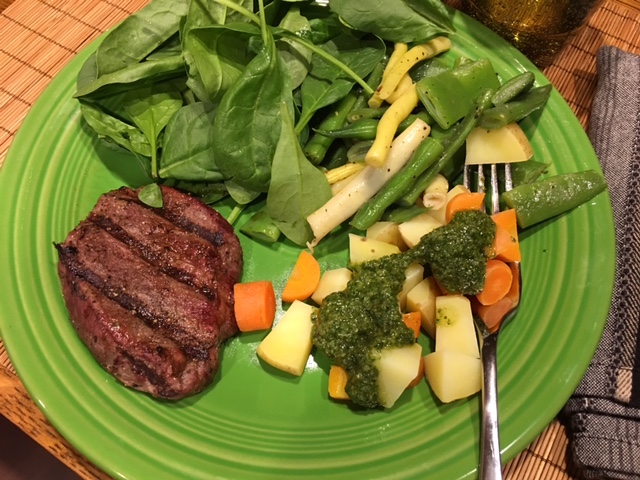

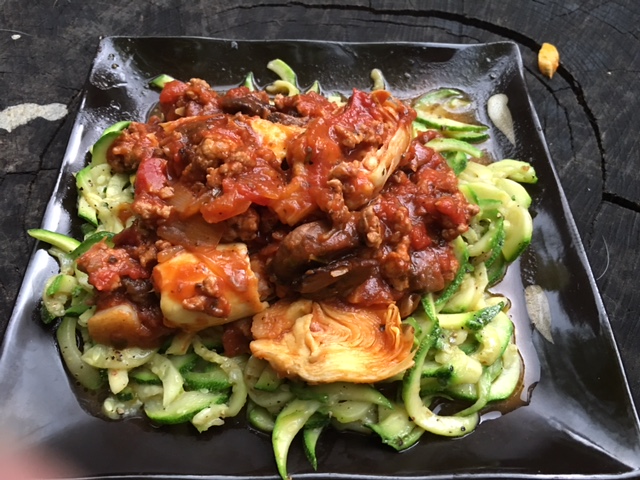
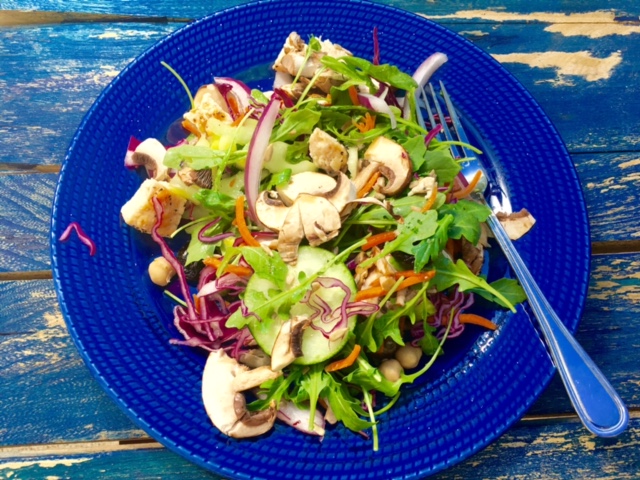
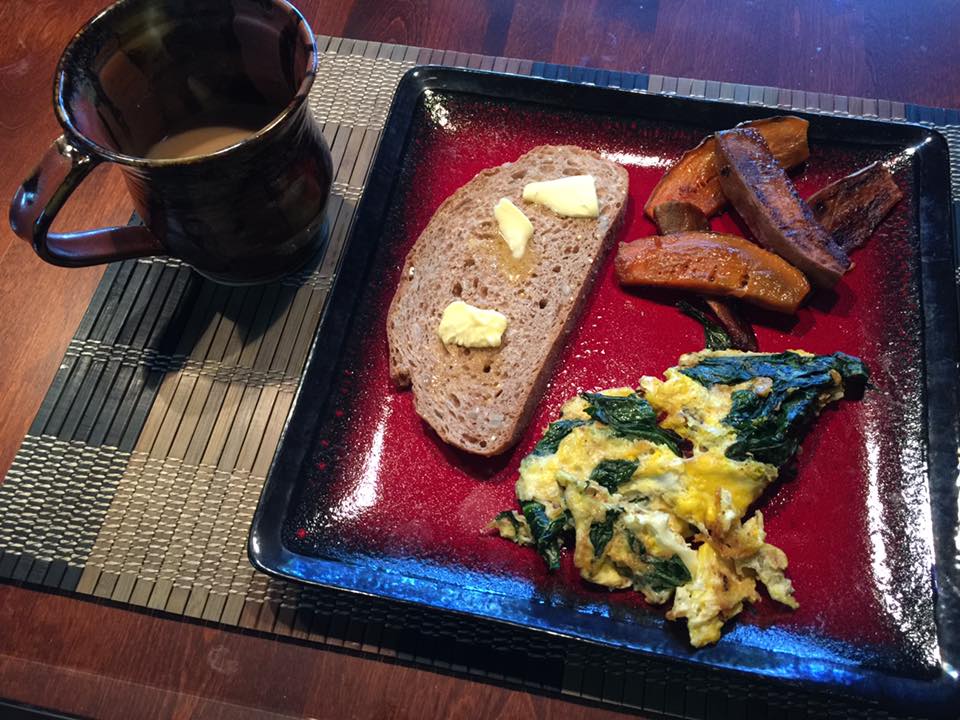 Ever eat
Ever eat 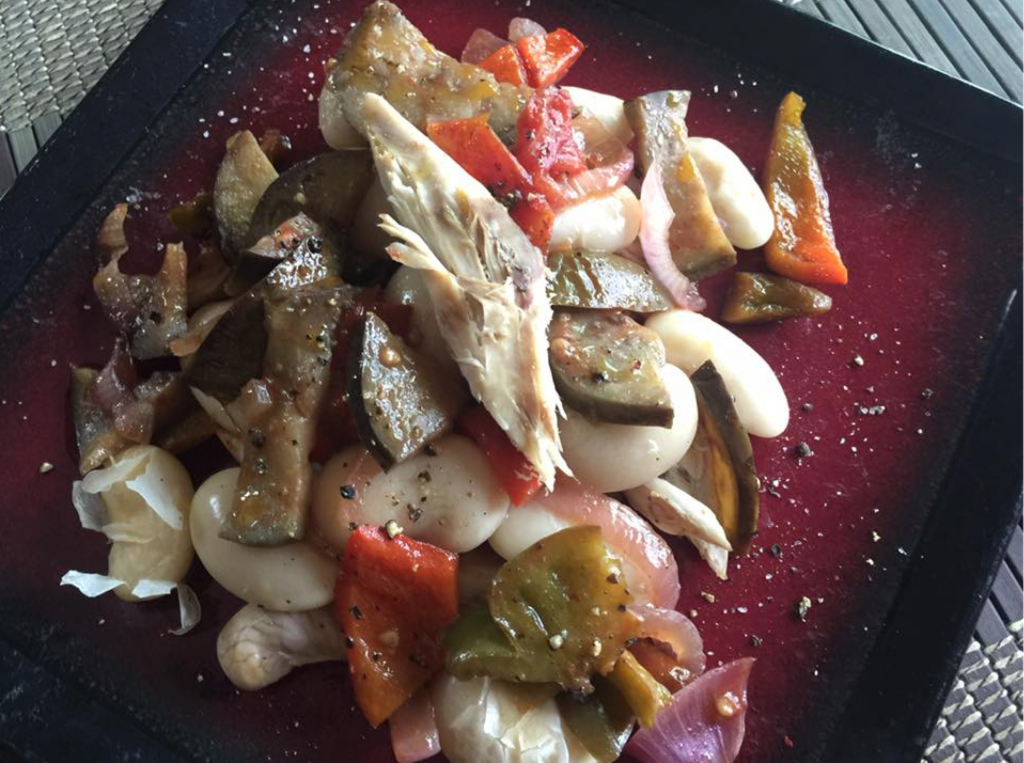 Keeping a rotisserie chicken on hand is the best way to find a base for an easy and quick lunch or dinner. Try this one from my friend who is making a wonderful documentary about
Keeping a rotisserie chicken on hand is the best way to find a base for an easy and quick lunch or dinner. Try this one from my friend who is making a wonderful documentary about 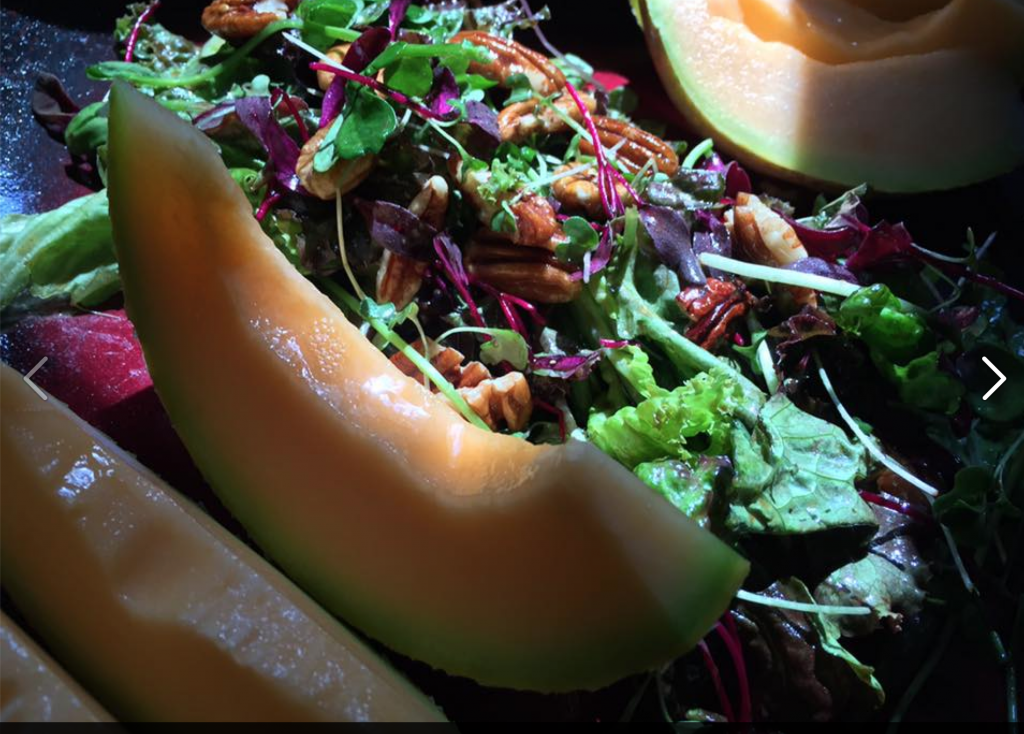
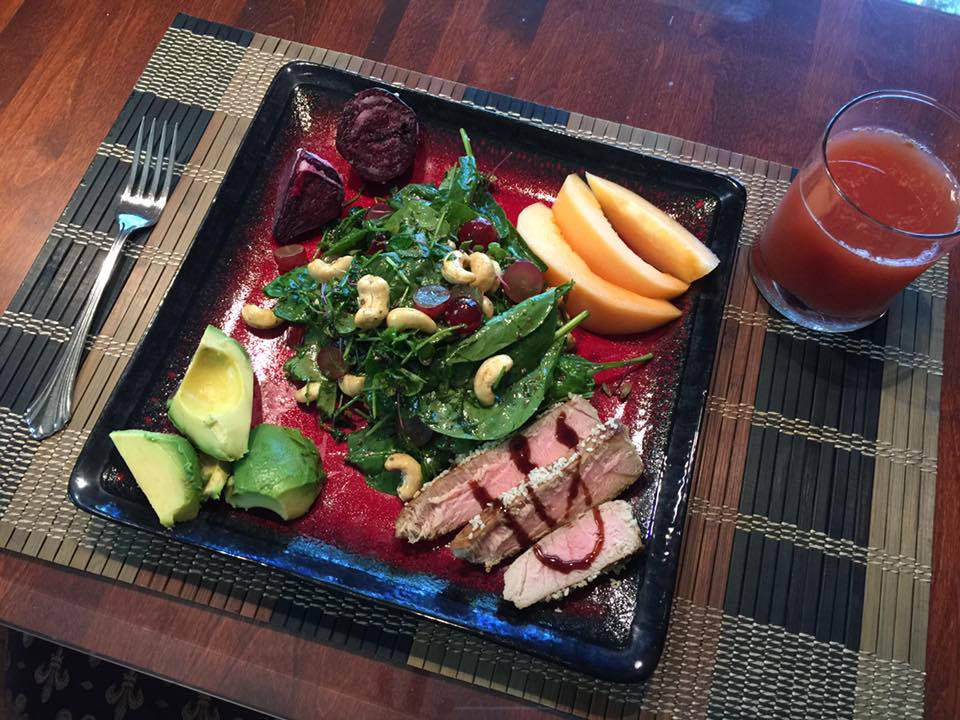
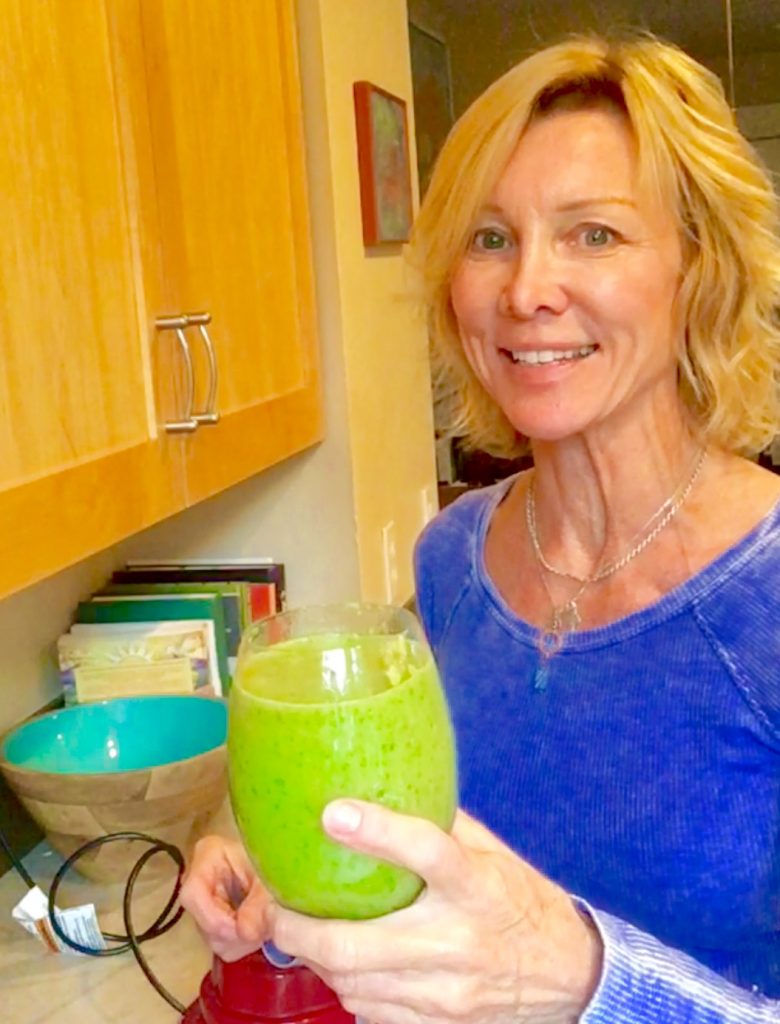
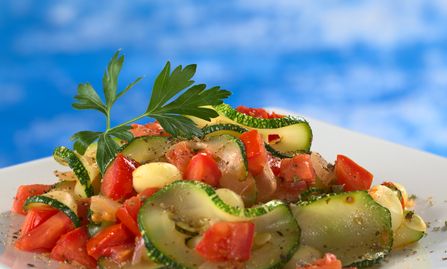

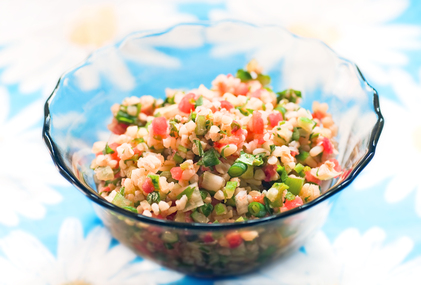
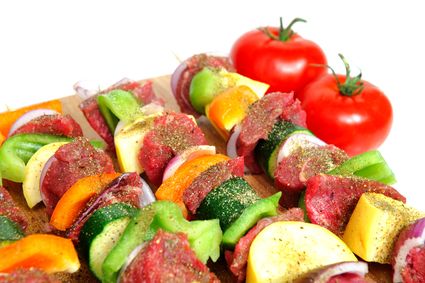
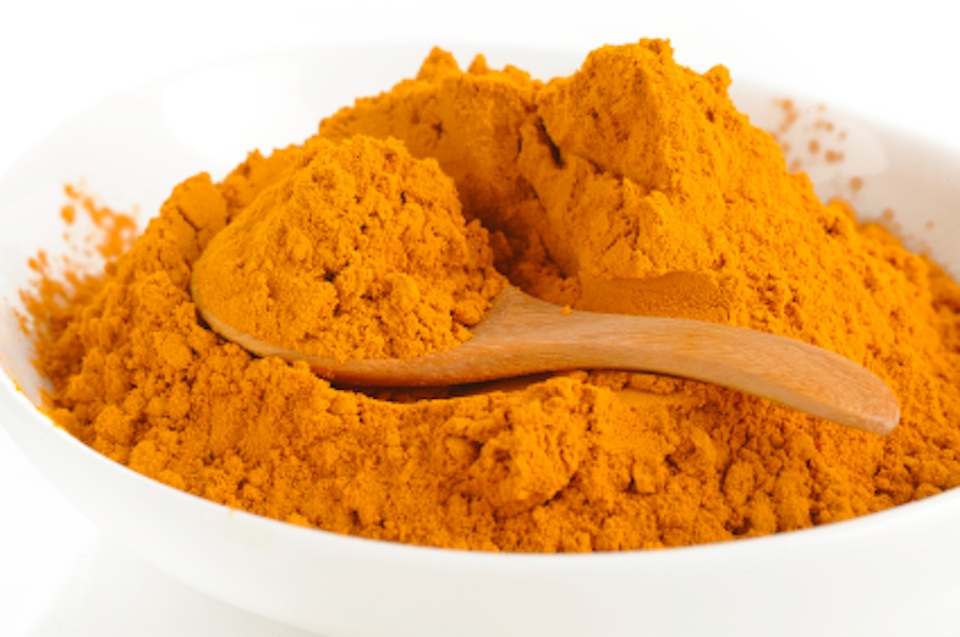
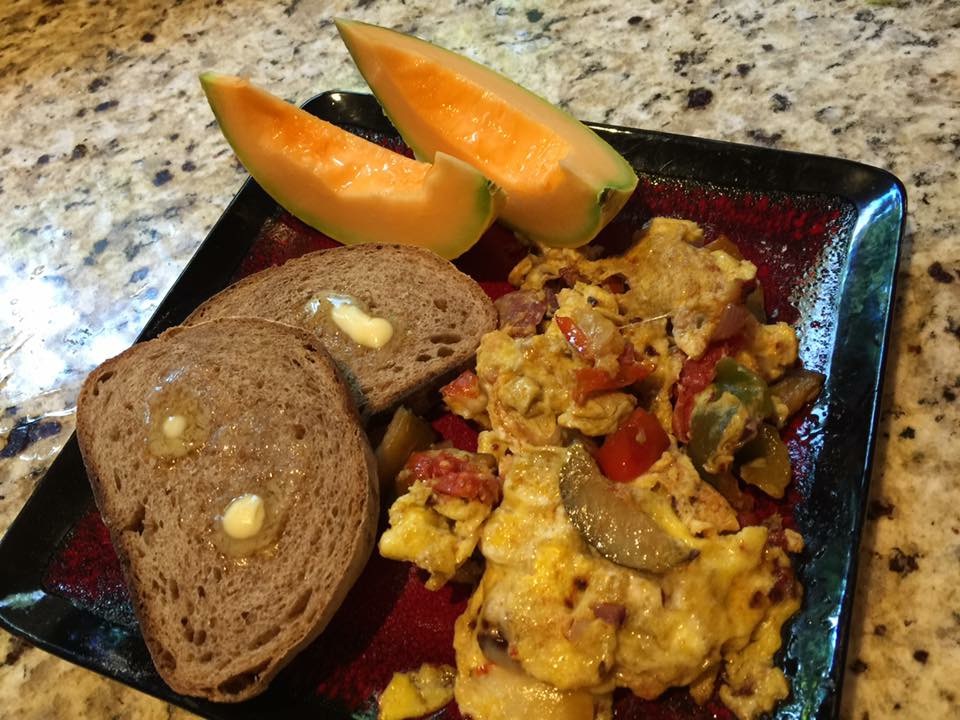 (photo courtesy Greg Kiger)
(photo courtesy Greg Kiger)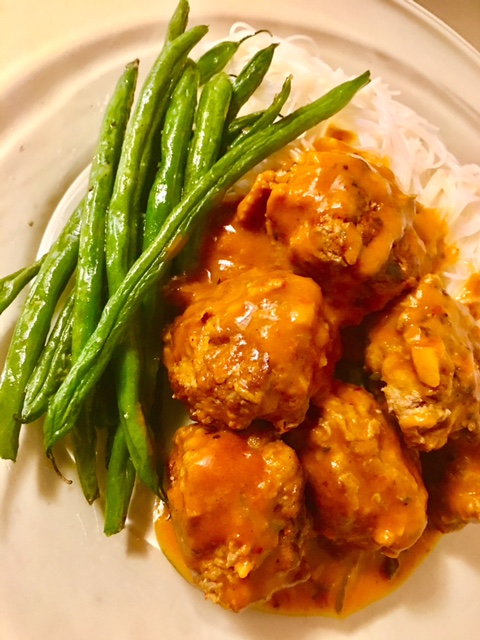 An awesome recipe that my talented daughter Christin created. It’s amazing!!
An awesome recipe that my talented daughter Christin created. It’s amazing!! 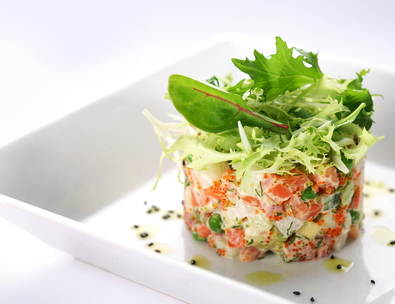

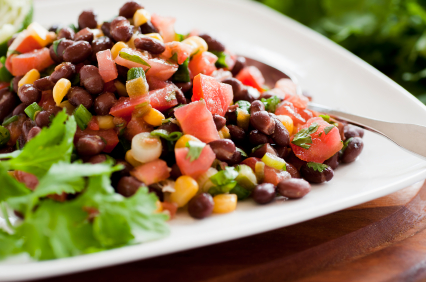
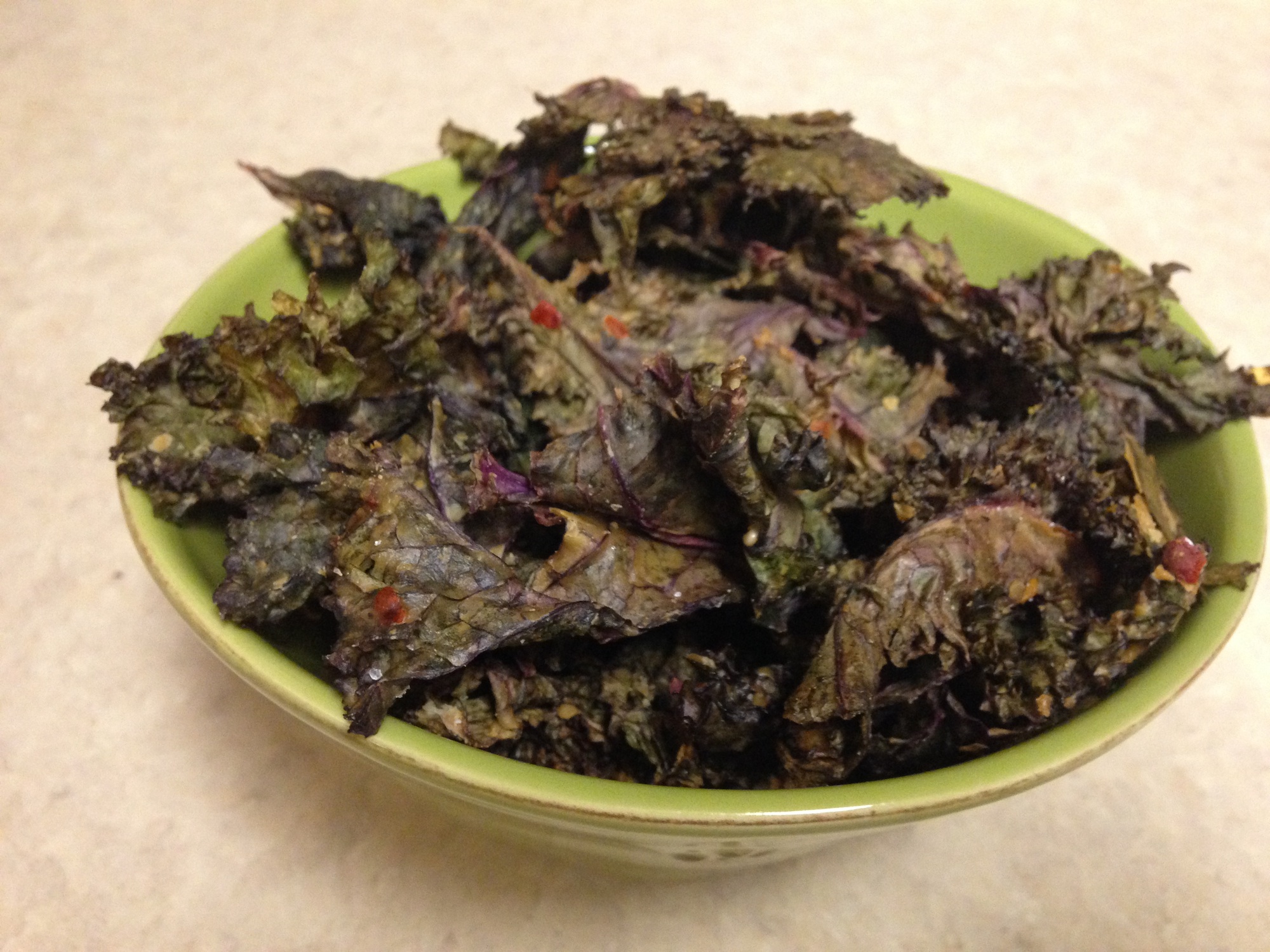
![Pumpkin, sweet potato and carrot soup with a dollop of yoghurt, in a white bowl on a blue background, with copy space above and below. More soup:-[url=http://www.istockphoto.com/file_search.php?action=file&lightboxID=3666414]here[/url]](http://www.simplesmartnutrition.com/wp-content/uploads/2016/08/sweetpotatosoup.jpg)
